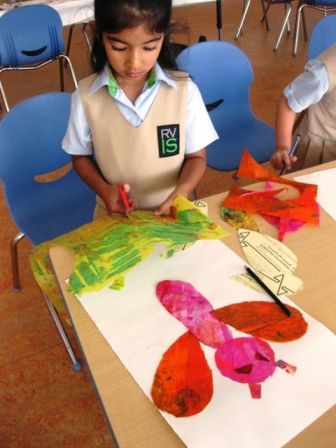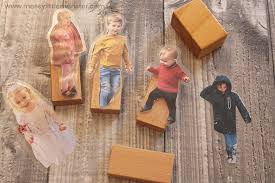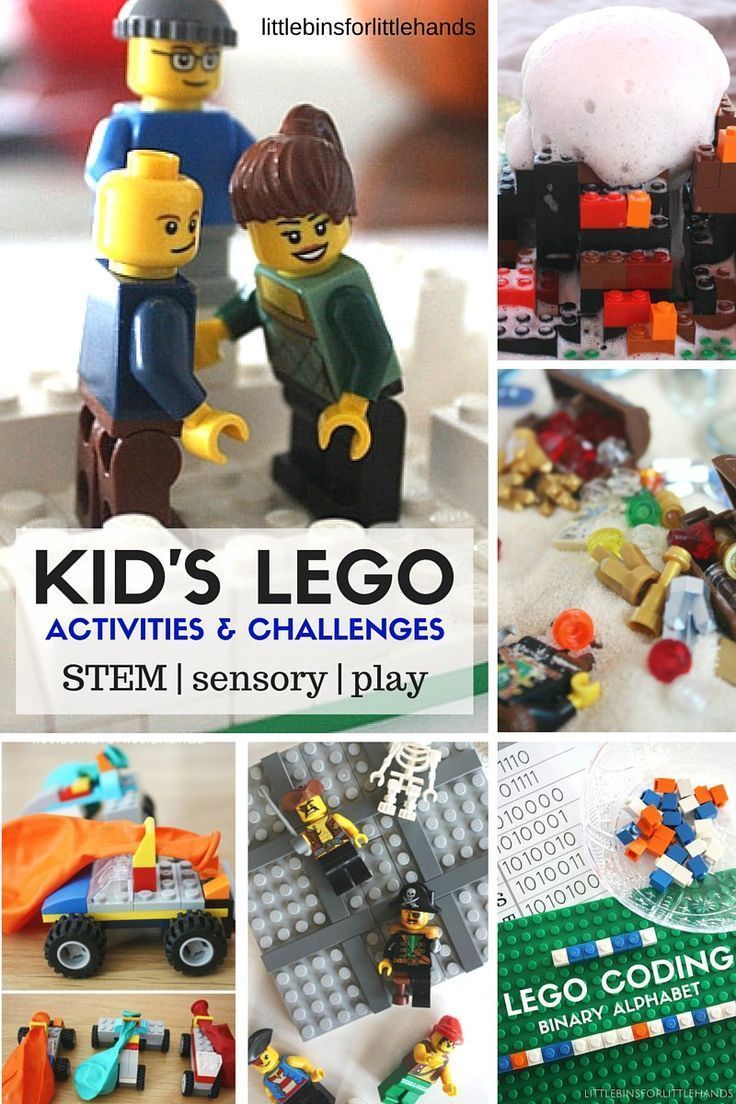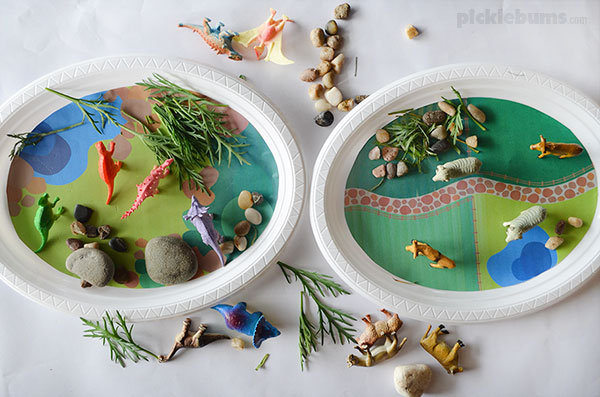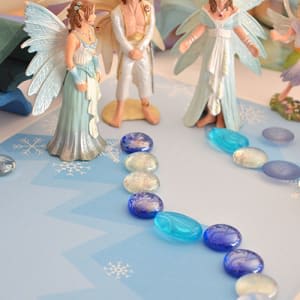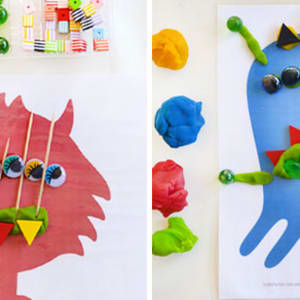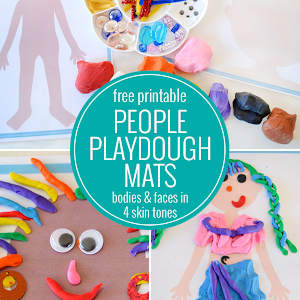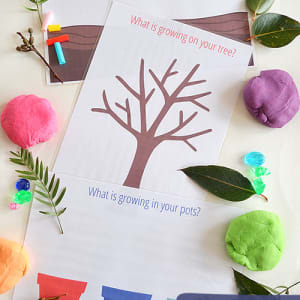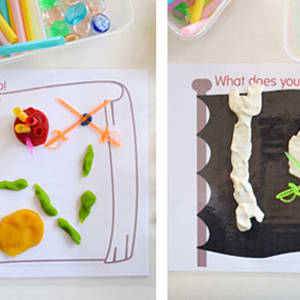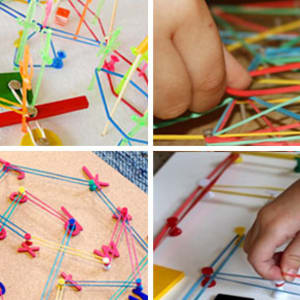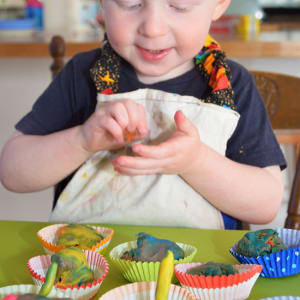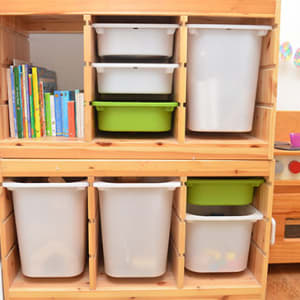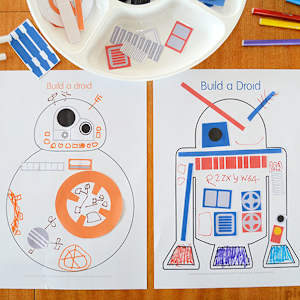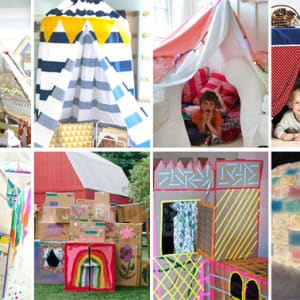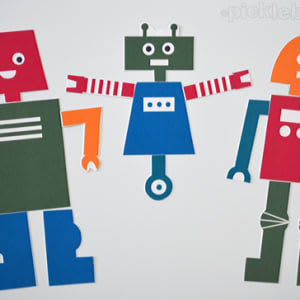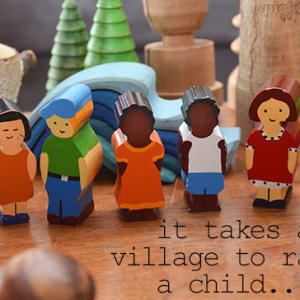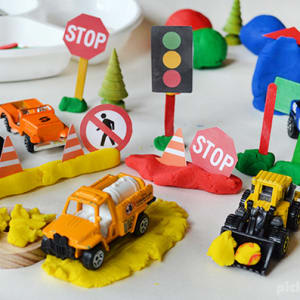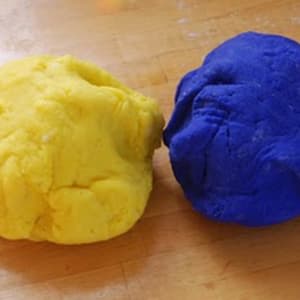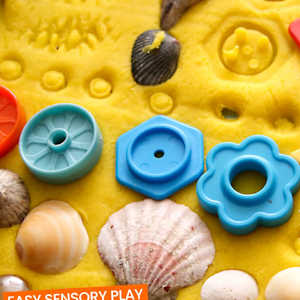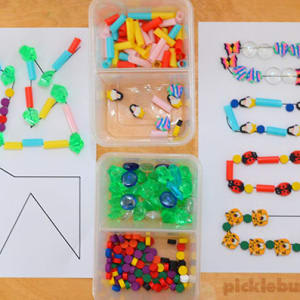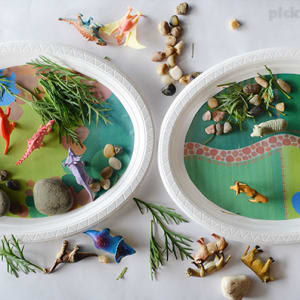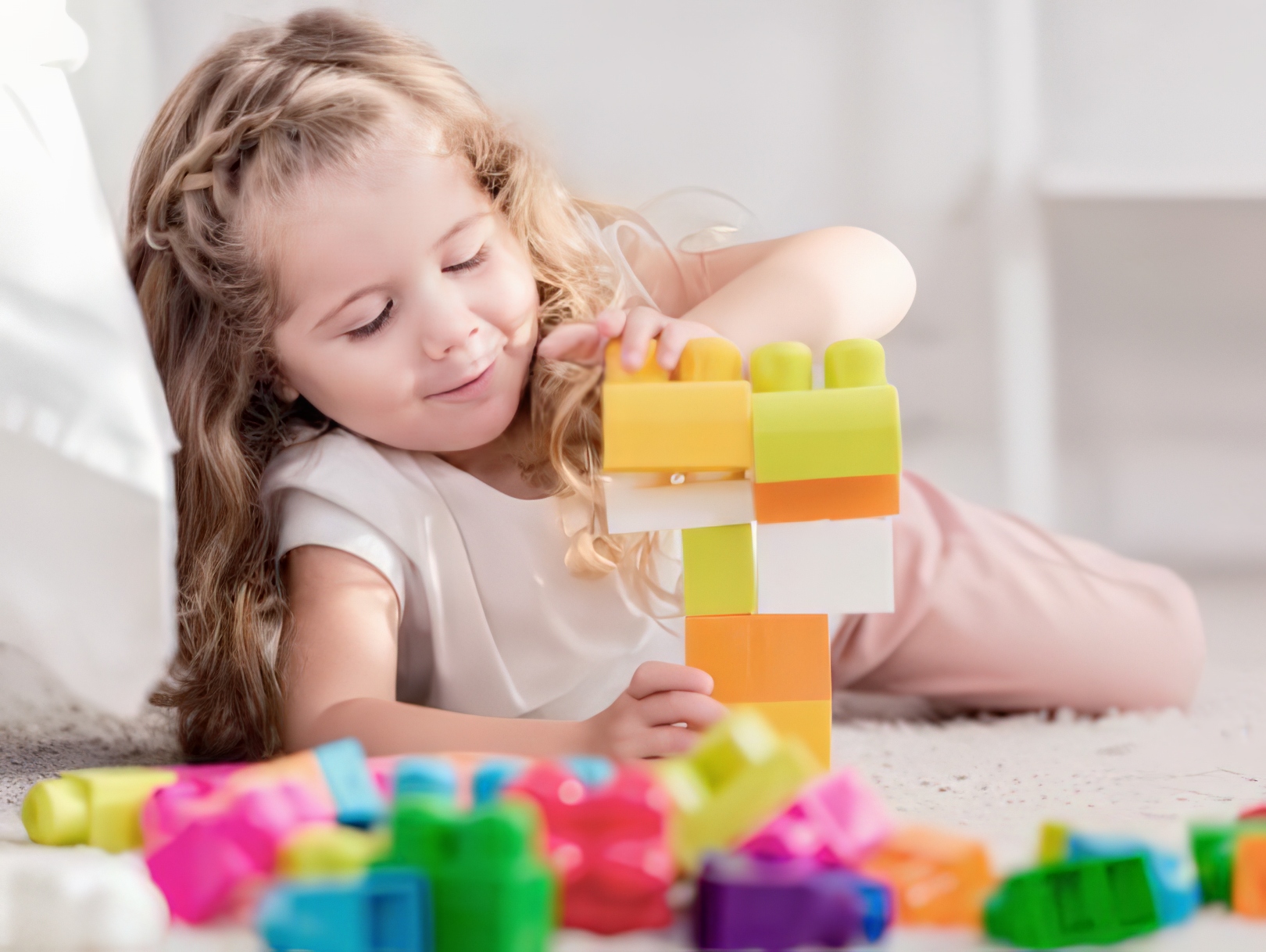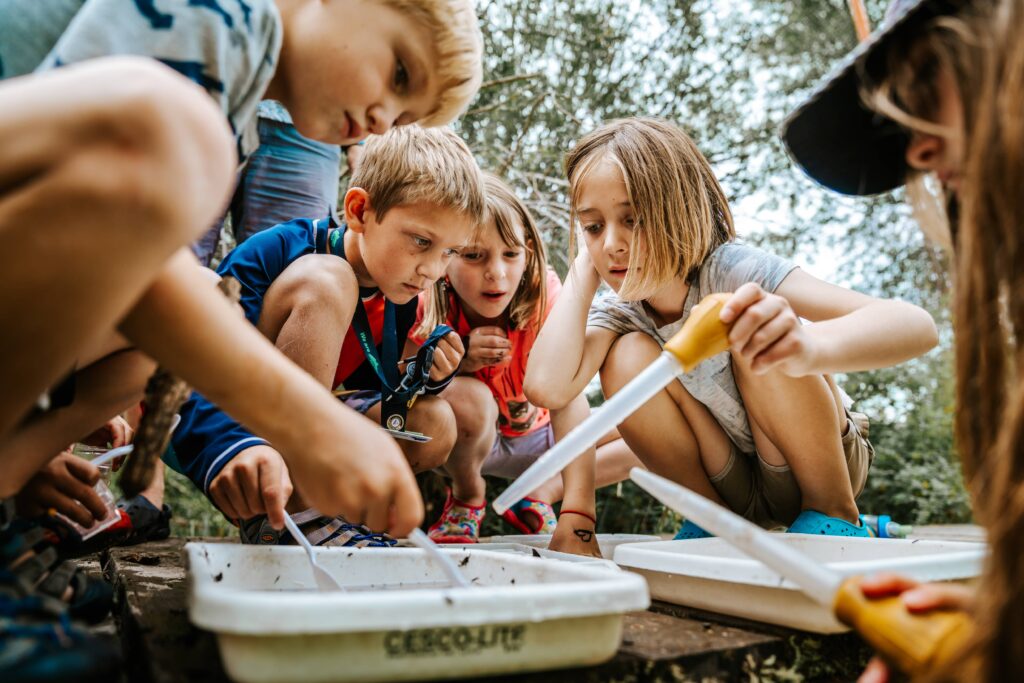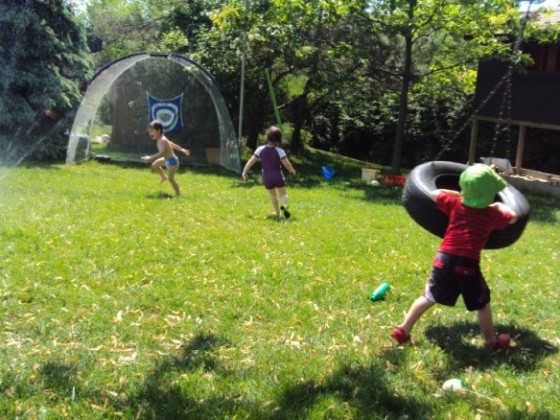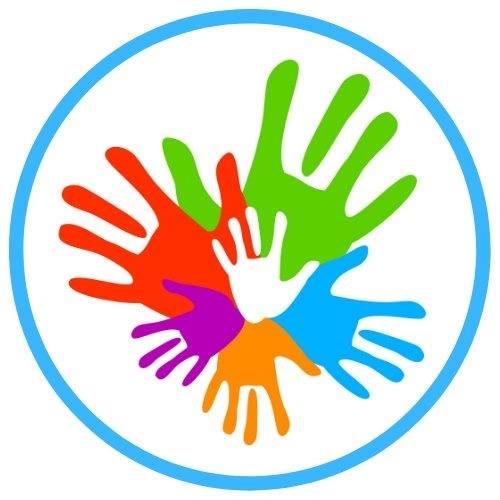
+1 234 567 8910
Science Technology Engineering Art and math Family Activities
Our Incredible Kids Network
STEAM RESOURCES
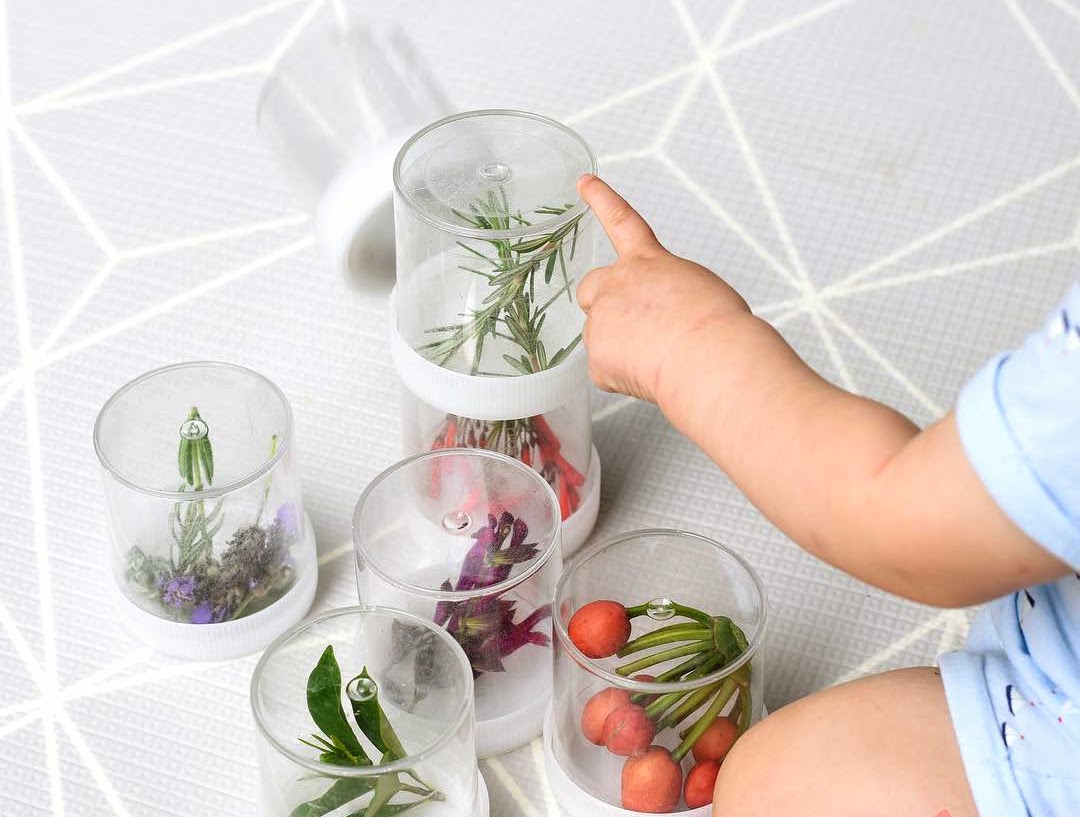
Art Skills for Littles or Novice artists
Art with supplies you can find at home
Creating a Love for Painting from the Heart
Hopeful Art Inquires for Babies /Toddlers
Free Nature & Science Printables
STEAM Activities and Storybooks- Age 1-3
INFANT- TODDLER STEAM & SCIENCE
Fabulous Physics for Babies and More
Babies and Tots Exploring Our World
Waterplay, Hiking & Camping With Babies
Waterplay, Camping & Hiking W/ Baby Pt 2
Resources for Families with Toddlers
Nature in the first six months
Wonderful Water Sensory Science
Exploratory Play 18 month and up
Setting the Stage for Scientific Inquiry with Stackable People Blocks
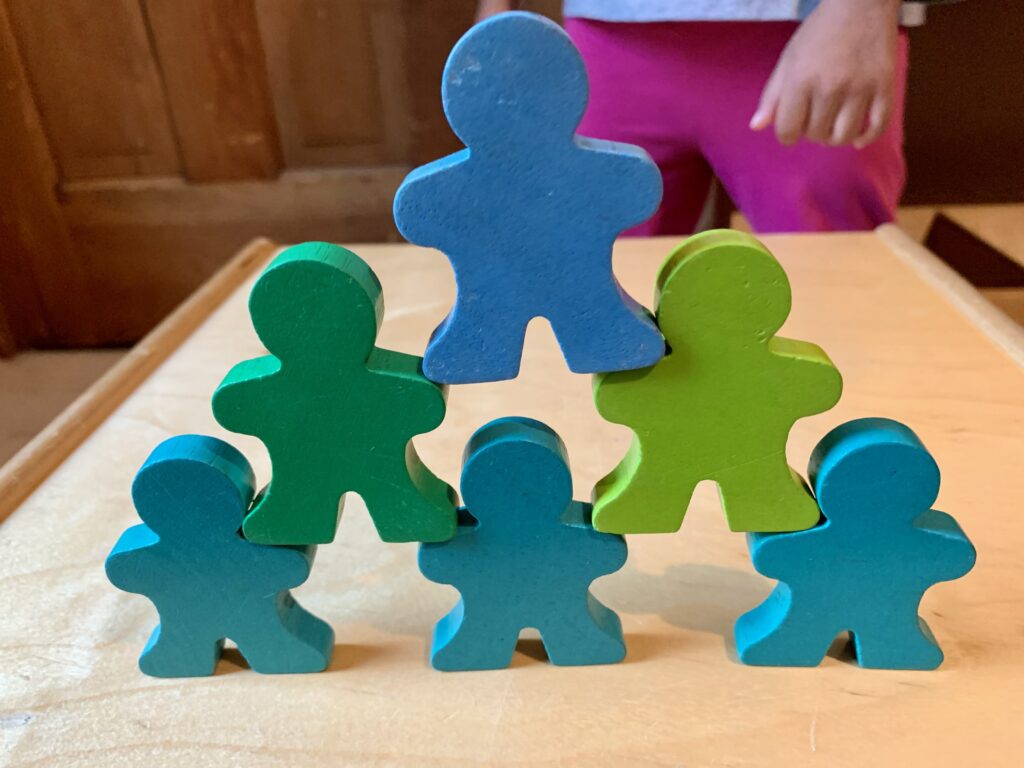
What happens when you pair three preschoolers with a table full of stackable people blocks? A child-led scientific investigation!
This out-of-the-way corner of our early childhood center is unusually quiet this morning as these friends gain insights into concepts such as gravity, balance, and weight, and build their spatial awareness skills. This is the scientific method in action!
Here’s how to set the stage for scientific investigations
like this one:
Step One: Set the stage for scientific inquiry. Build a simple pyramid like the one in the photo above to pique the curiosity of your early learners. Challenge the children to figure out how your pyramid was built. This will encourage them to ask questions and approach the challenge in ways that help build rudimentary critical thinking skills.
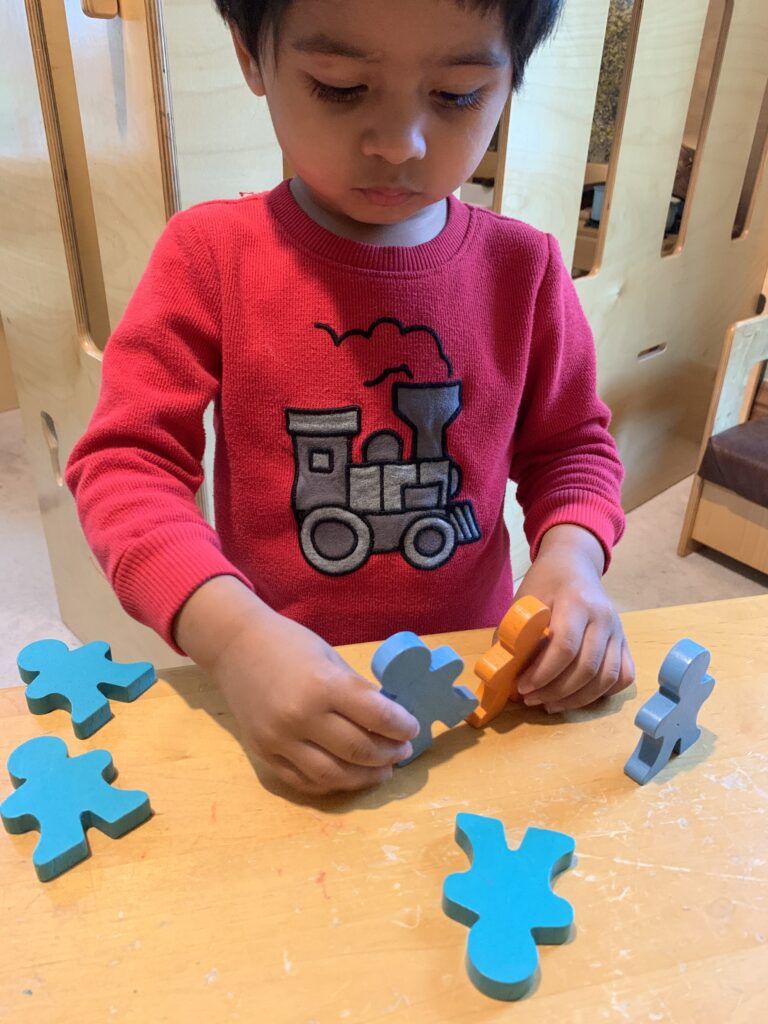
Step Two: Ask a question. Children often do this naturally on their own. If your early learners are stumped, you can suggest a question to guide their inquiry-based learning.
The question posed by my scientific explorers this morning is a simple one: “How did she do that?“ They try to answer this question by building their own pyramids, using my pyramid as their guide.
Through this hands-on activity, they work their way through the scientific method at their own pace and in their own way.
Their steps may be in a different order, and each child’s scientific process may not include every step, but this isn’t a fifth-grade science test. It is a simple exercise in playful curiosity that will help build their understanding of scientific concepts and lay the foundation for later STEM adventures.
Play is essential to brain development in early childhood as children develop language and thinking skills through inquiry-based learning and build other important skills, such as sharing ideas (collaboration), testing simple hypotheses, and experimenting with solutions.
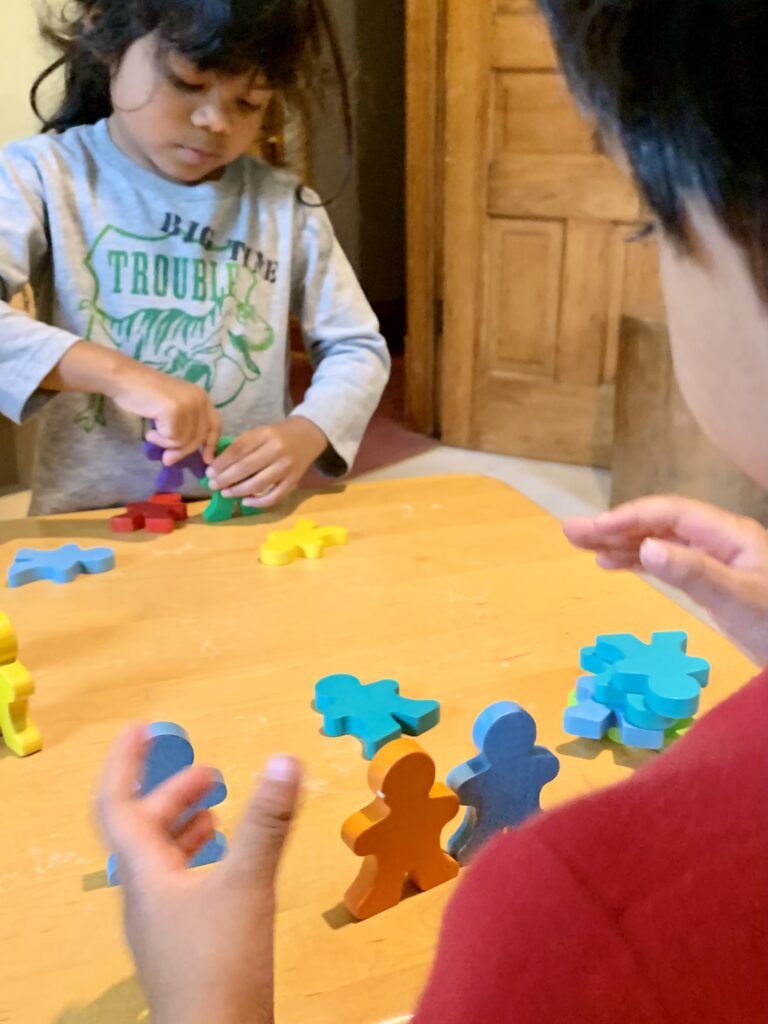
Step Three: Form a hypothesis or testable explanation. When you give children ample time to explore, investigate, and form hypotheses about possible solutions to problems, the learning becomes even more relevant.
When one stacking technique fails, encourage your early learners to discuss why it didn’t work and what might work better. Each hypothesis will serve as a starting point for further investigation.
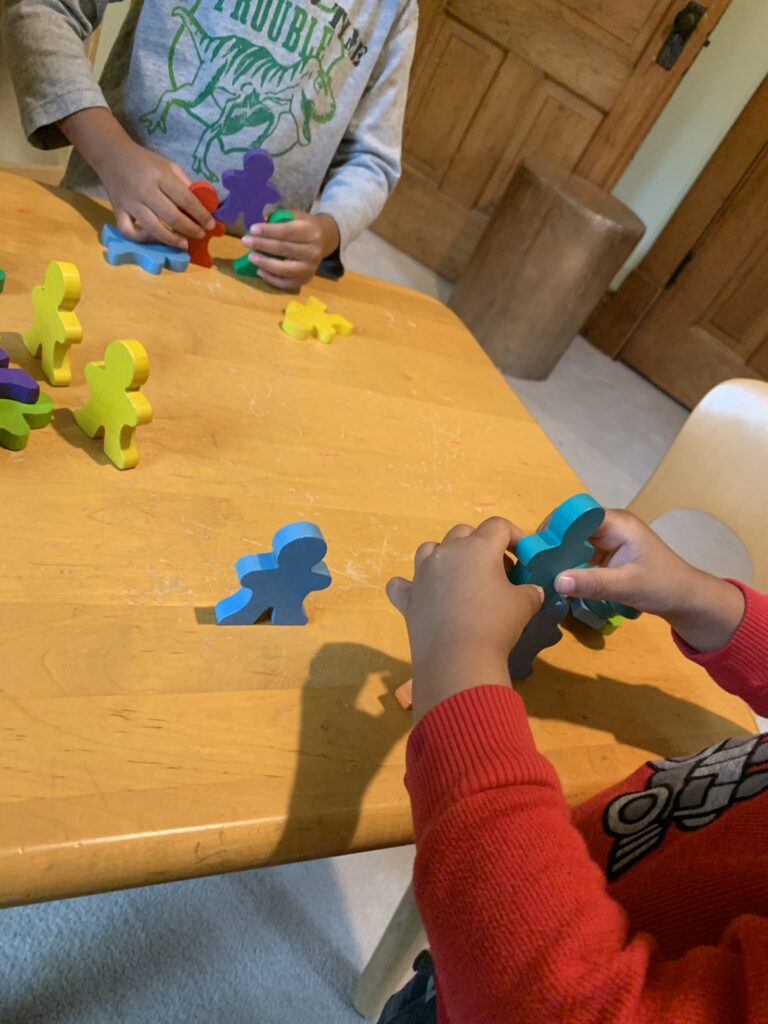
Step Four: Make a prediction based on each hypothesis. This pyramid design requires precise block placement for balance.
Encourage your early learners to make predictions about their proposed stacking strategies. Ask: “What do you think will happen if we stack the people blocks this way?“
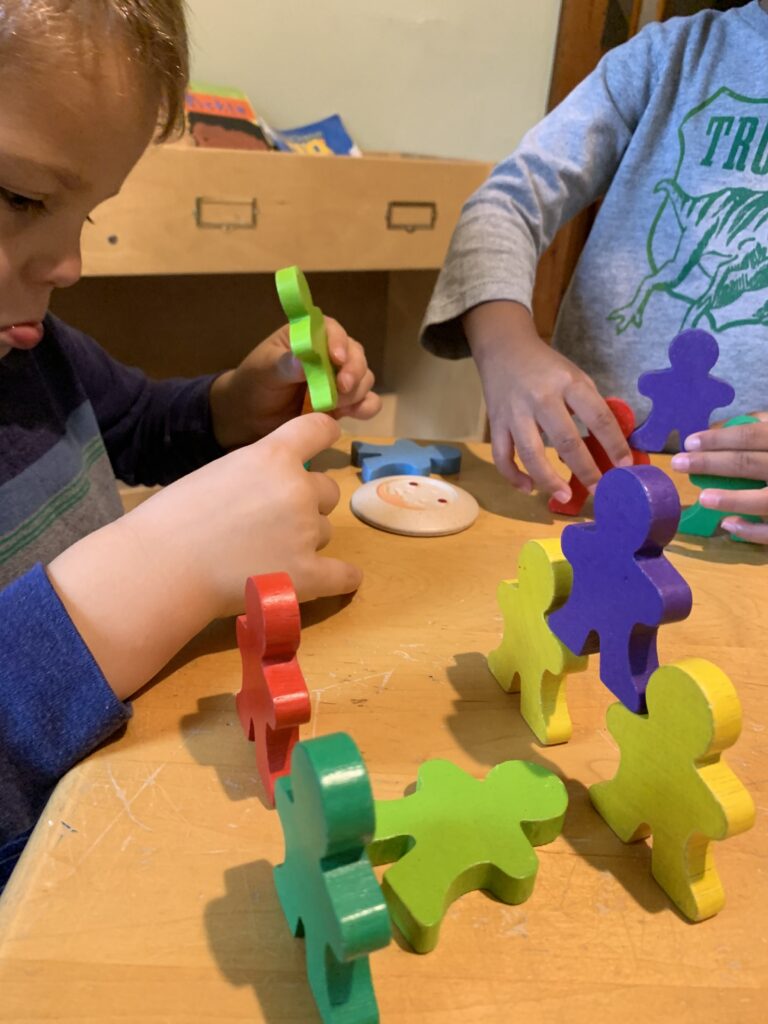
Step Five: Test the prediction. As the children test out their predictions and draw conclusions, they will develop important life skills and traits such as self-control, patience, persistence, and resilience.

Step Six: Document the process. Don’t miss this chance to document the learning goals that the children meet while engaging in this activity and match these goals with early learning standards to share with parents and administrators.
Did these young STEM explorers work their way through the scientific method? Yes, they did!
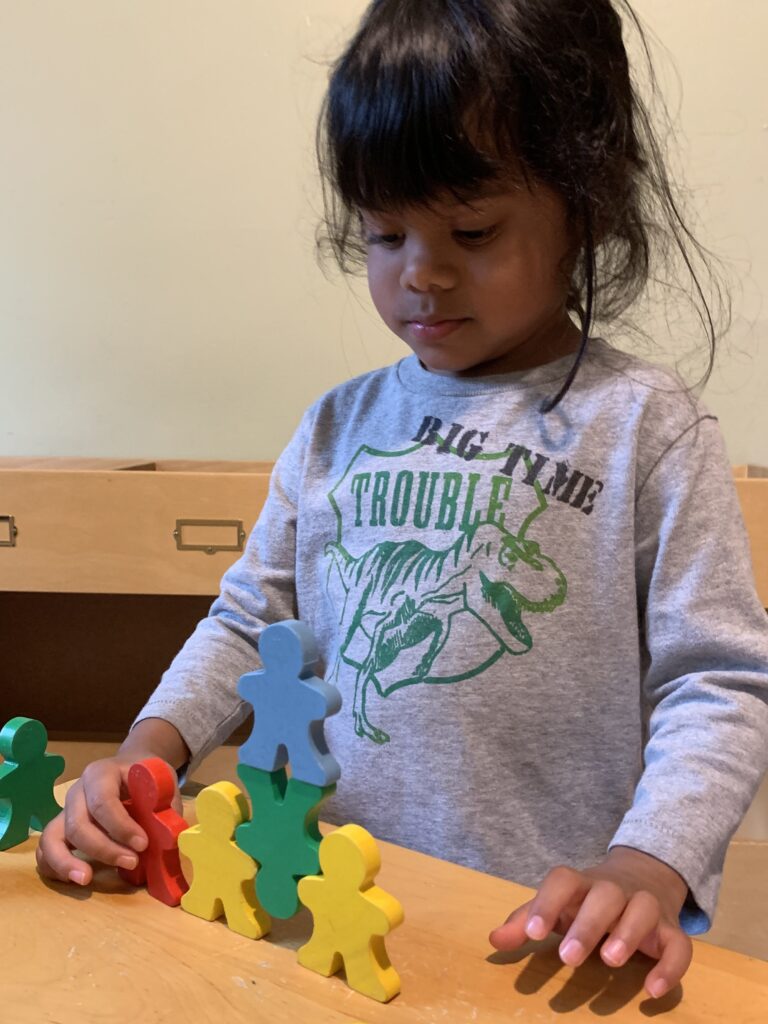
Children are more likely to “learn” science when it meets them at their level. When children have ample opportunities to engage in block play, they naturally develop better focusing skills and longer attention spans.
We often hear that block play fosters the development of fine motor skills, coordination, and other areas of physical development. But you rarely hear educators talk about the executive function and self-regulation skills that children develop through block play.
Block play is especially good for spatial learning because it allows children to arrange objects and see what happens.
Each pyramid that rises and falls is an investigation into how things work in the physical world.
Block play provides plenty of opportunities for children to learn from their mistakes and develop resilience. There is no time limit and no pressure to get it right. If the structure collapses, children determine the cause, make adjustments, and try again. This process of trial and error teaches children that mistakes are a part of the learning journey.
Do these moments in play count as “teaching science”? Absolutely! This is what science learning looks like in early childhood education.
Ready to engage in more stacking adventures? Check out this Engineering Design: Skyscraper Challenge lesson plan on our Early Science Matters FIND A LESSON page.

